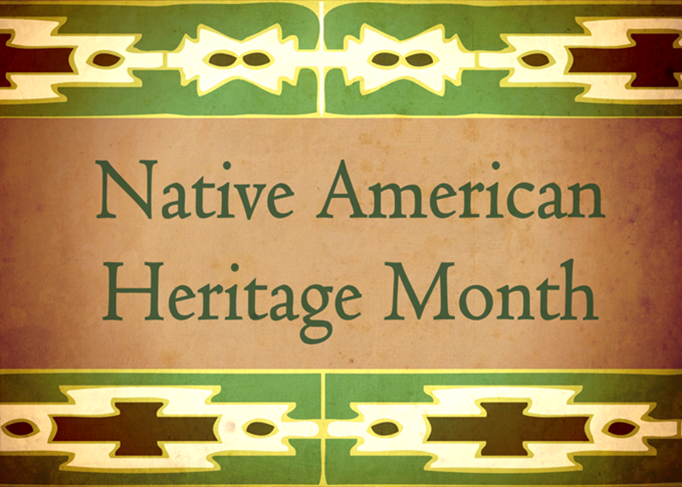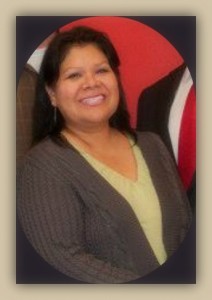In this month of November, we celebrate Thanksgiving and all of the things we are thankful for. I am so thankful for the time I had with my mother and that I could take care of her while she suffered from cervical cancer.
 My mother was a Catholic school teacher at our local church. She was also very involved in our church community. She volunteered for so many things, and she made my brothers and I volunteer too. Because we were children, at first we did not want to volunteer, but after a while it became natural to us to become involved in our community. My mother showed us that to give our time, and labor to others was an expression of gratitude for our blessings. Now, my friends, family and I continue to volunteer and donate in whatever way we can. Sometimes it’s as simple as a text to give or donate to a cause you love.
My mother was a Catholic school teacher at our local church. She was also very involved in our church community. She volunteered for so many things, and she made my brothers and I volunteer too. Because we were children, at first we did not want to volunteer, but after a while it became natural to us to become involved in our community. My mother showed us that to give our time, and labor to others was an expression of gratitude for our blessings. Now, my friends, family and I continue to volunteer and donate in whatever way we can. Sometimes it’s as simple as a text to give or donate to a cause you love.
I learned some of life’s hardest lessons when my mother was diagnosed with cervical cancer. She was first diagnosed when I was in high school. Although she had treatment, the cancer came back aggressively two years later. My great aunt took care of my mother. But when my aunt fell asleep, my mother would call for me to help her. I was young, and it was incredibly painful to take care of my mother and see her suffer. I had to do things that none of my friends could relate to. It was hard for me to understand. Although she let my aunt sleep, when she needed something she woke me up. I developed a lot of inner strength during that time. I relied on the love I had for my mother to carry me through those sleep interrupted nights. I remember one evening when she was in pain we held hands and listened to the song “I feel like going on.” We listened to that song so many times that eventually we were both singing it. We both felt encouraged. I felt like I had the strength to take care of her, and she felt like she had the strength to live for her family. Unfortunately, my mother succumbed to cervical cancer and died on March 31, 1996.
My life without my mother has been a tribute to her and what she taught me about helping others. Many times in my life there have been things that are rough, and I push through them. Many times I want to give up. Sometimes I am having a bad day, and someone will need my help and I want to say no. But I think about that day, when I held my mother’s hand and sang I feel like going on.
When I learned about Cervivor, and how I could make sure that people knew about cervical cancer, I felt my mother pushing me to be involved again. Before Cervivor, I had so much unresolved grief and unanswered questions about what really happened to my mother. Cervivor help me settle some things within myself, and fulfill the need I have for service to honor my mom.
The men and women who are part of Cervivor are phenomenal. I am so thankful for them and the love they have given me. Cervivor has once again, made me believe that I can go on. I can go on and fight cervical cancer.
By Lillian Walker Shelton

